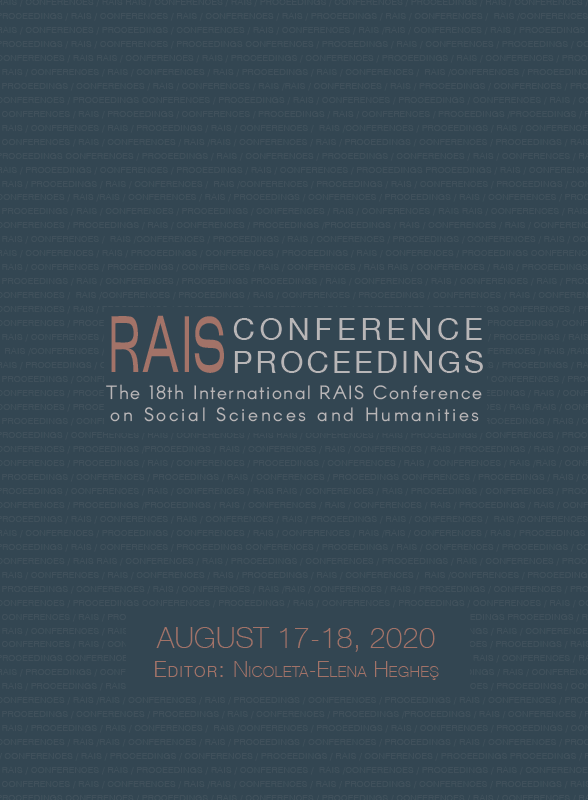An Aesthetical Study of Mongyu Monastery Murals, Ladakh
An Aesthetical Study of Mongyu Monastery Murals, Ladakh
Author(s): Khushboo Chaturvedi, Varun Sahai
Subject(s): Cultural history, Aesthetics, Culture and social structure
Published by: Scientia Moralitas Research Institute
Keywords: Ladakh; Monastery; Wall Paintings; Alchi; Himalayan Art;
Summary/Abstract: Ladakh is one of the peculiar terrains of the world which still remains mystic due to its inaccessibility and solitude as cold dessert encircled by rugged and mighty ranges of Himalayas, though it was explored by Sir Alexander Cunningham in 1852. Ladakh appearing more Tibetan than Tibet attracted many adventurers and scholars in the field of Indo Tibetan studies. Mongyu is a small village in a narrow deep ravine of Ladakh situated on the left bank of river Indus near Alchi. The monastery of Mongyu is a complex of four temples, i.e., Byamschen Lhakhang (Avalokiteshvara temple), Thugs-rge-chen po Lhakhang (Assembly Hall), Nampar snag mdzad (Vairochana temple) and Jam-chung Lhakhang (Manjusri temple). Its antiquity indicates that it must have been constructed during the revival of Buddhism in Western Tibet. It contains large amount of rare wall paintings from eleventh-twelfth century that are among the most precious and prepossessing in existence today. Its statues and paintings embrace many unique works of art representing the ancient art from the formerly vital marveled Buddhist center of Kashmir. Stylistically they may be compared to the famous paintings of the early temples of Alchi to which the foundation of Mongyu is contemporaneous. The wall paintings are articulate documents that contribute in resolving the chronology of the paintings of Alchi too.
Book: Proceedings of the 18th International RAIS Conference on Social Sciences and Humanities
- Page Range: 262-267
- Page Count: 6
- Publication Year: 2020
- Language: English
- Content File-PDF

